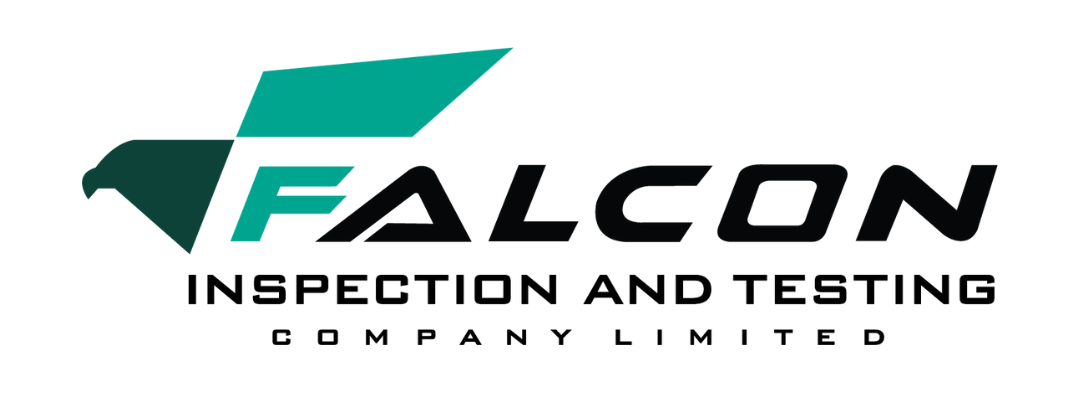Conventional NDT
Visual Testing (VT)
Visual Testing (VT) is a fundamental and initial non-destructive testing method that involves examining the surface of a component visually to detect any imperfections, defects, or discontinuities immediately from the outside. It is considered one of the most important and effective techniques in conventional NDT because it allows for a quick preliminary assessment of component conditions. Visual testing data can also be combined with results from other testing methods to support further evaluation. This method is widely used in many industries due to its simplicity, convenience, speed, and low cost.
Types of Visual Testing
- Direct Visual Inspection
The inspector observes the specimen directly with the naked eye. Various tools may be used to enhance inspection efficiency, such as measuring gauges, magnifying glasses, flashlights, rulers, etc. - Indirect Visual Inspection (Remote Visual Inspection: RVI)
This method uses cameras or imaging devices to inspect areas that are difficult or impossible to view directly, in order to detect defects or discontinuities. Instead of relying on direct visual examination, the inspector uses equipment such as videoscopes or borescopes to capture internal images of components like pipes or confined spaces.
In certain cases, this type of inspection must be performed by personnel certified under international NDT standards.
We offer both direct visual inspection and remote visual inspection (RVI) services using advanced and reliable equipment for various industrial applications.
